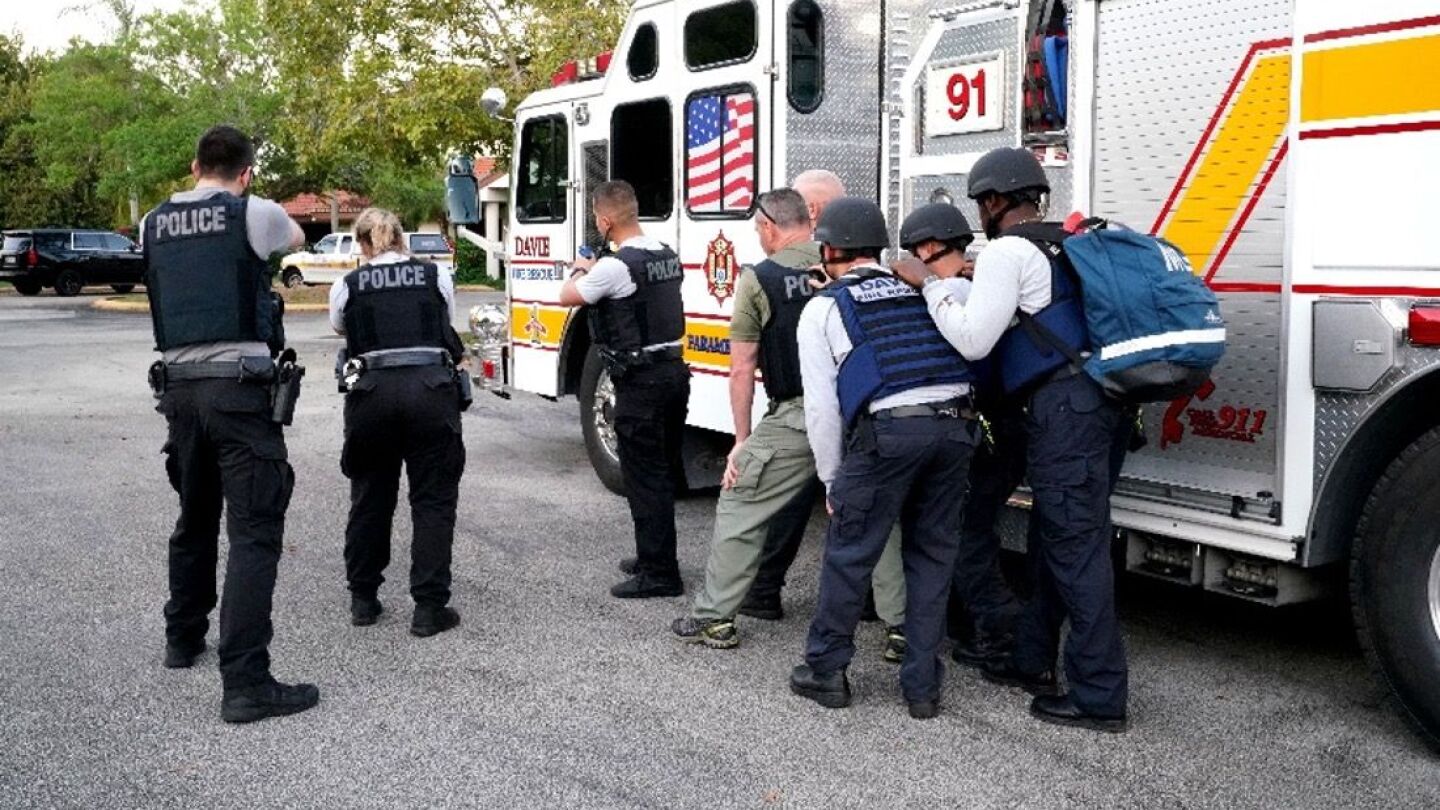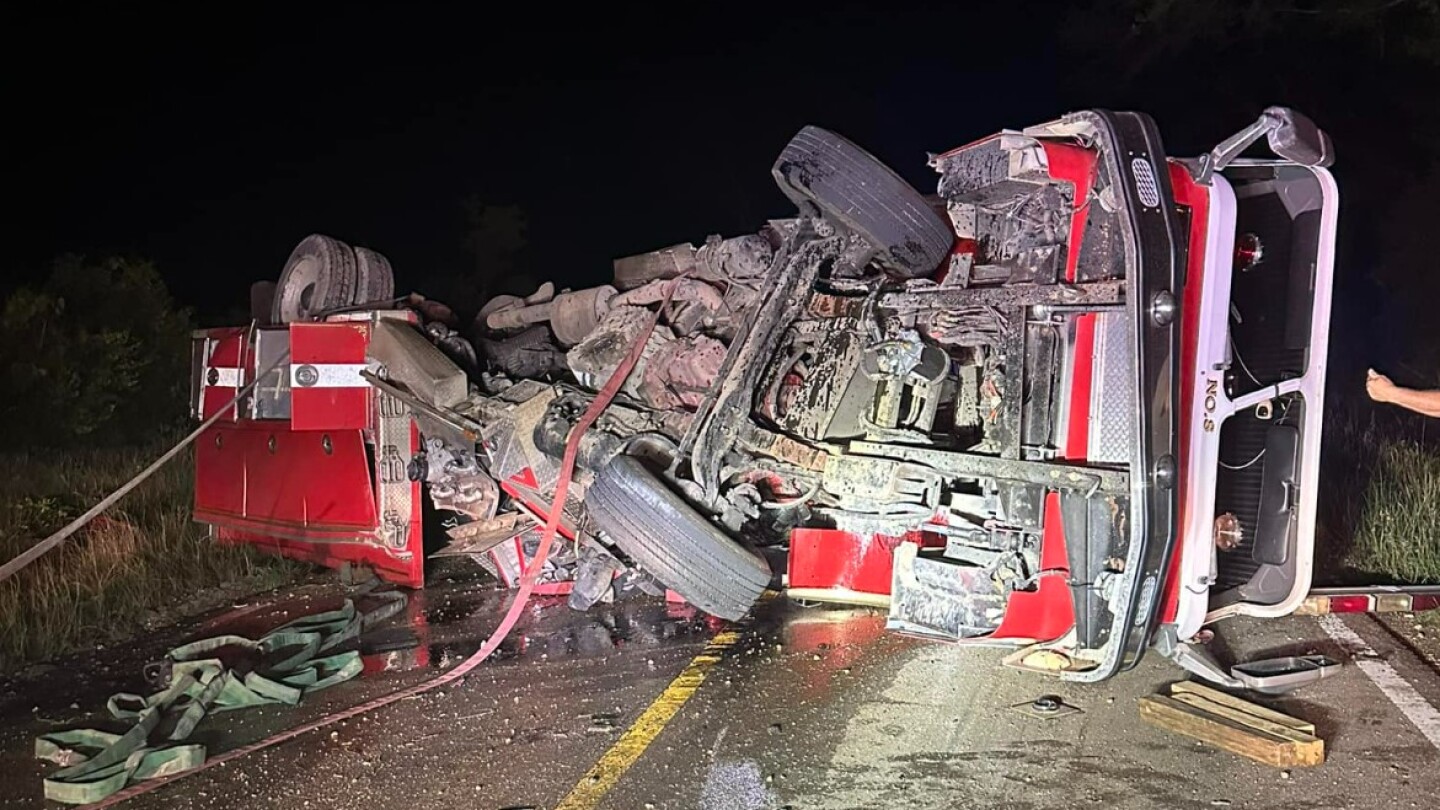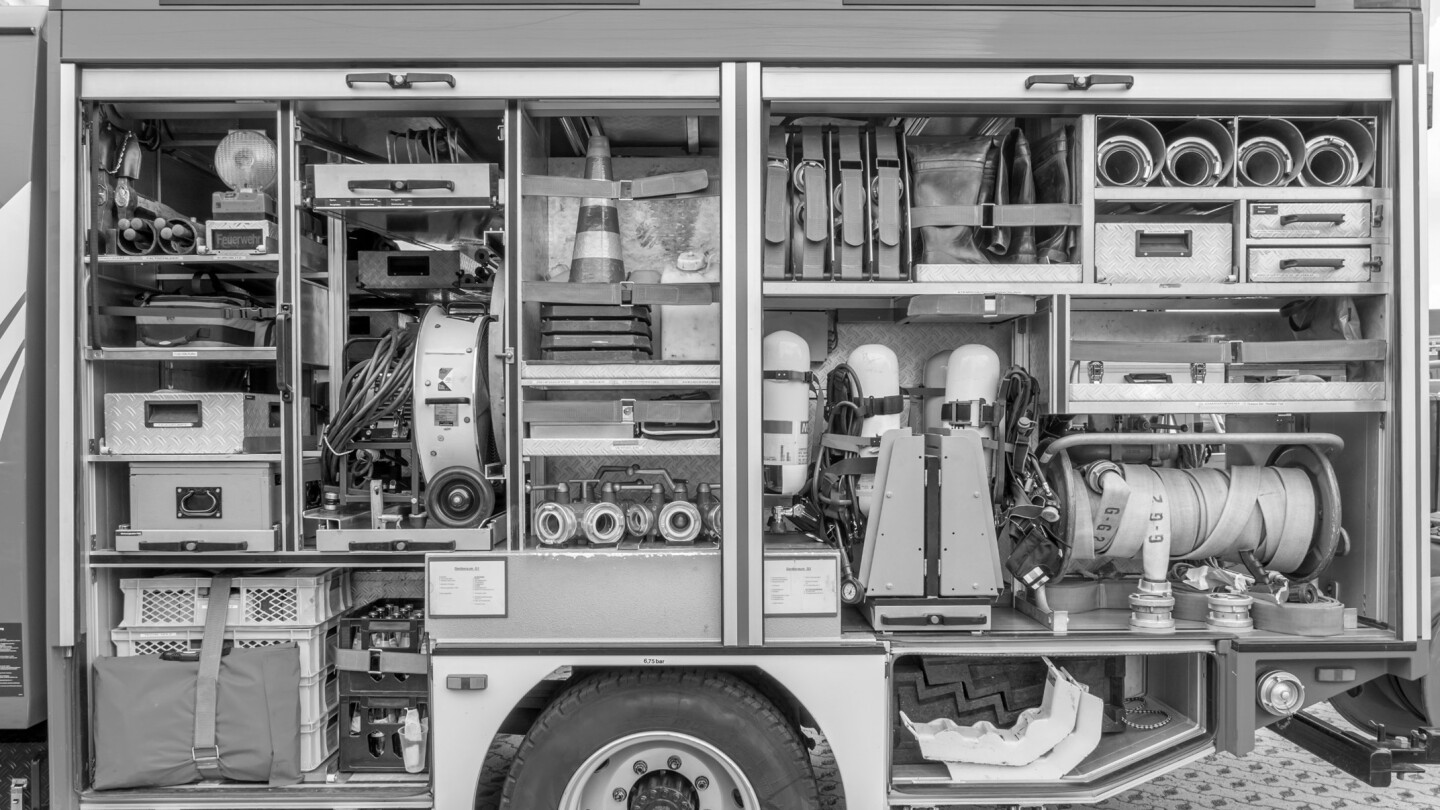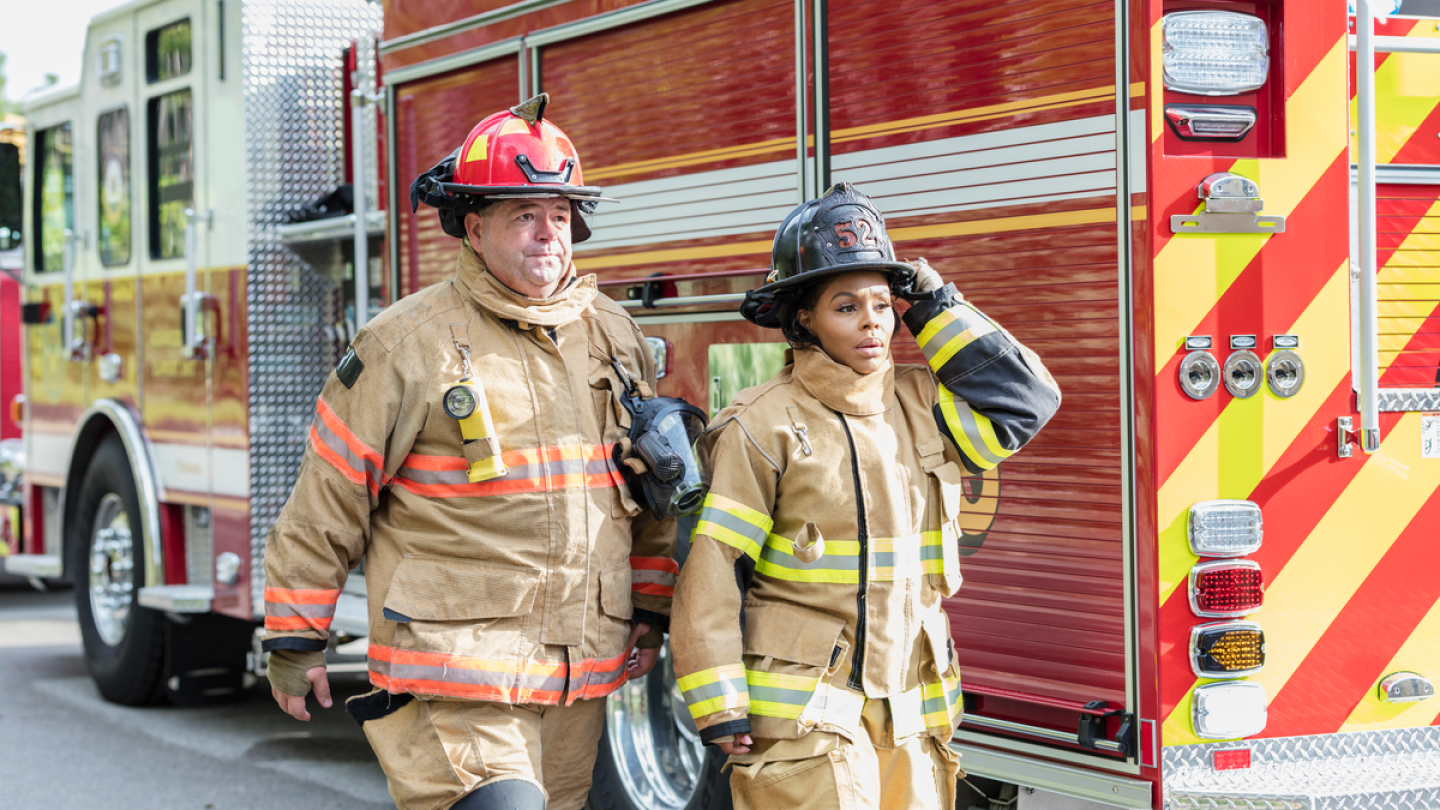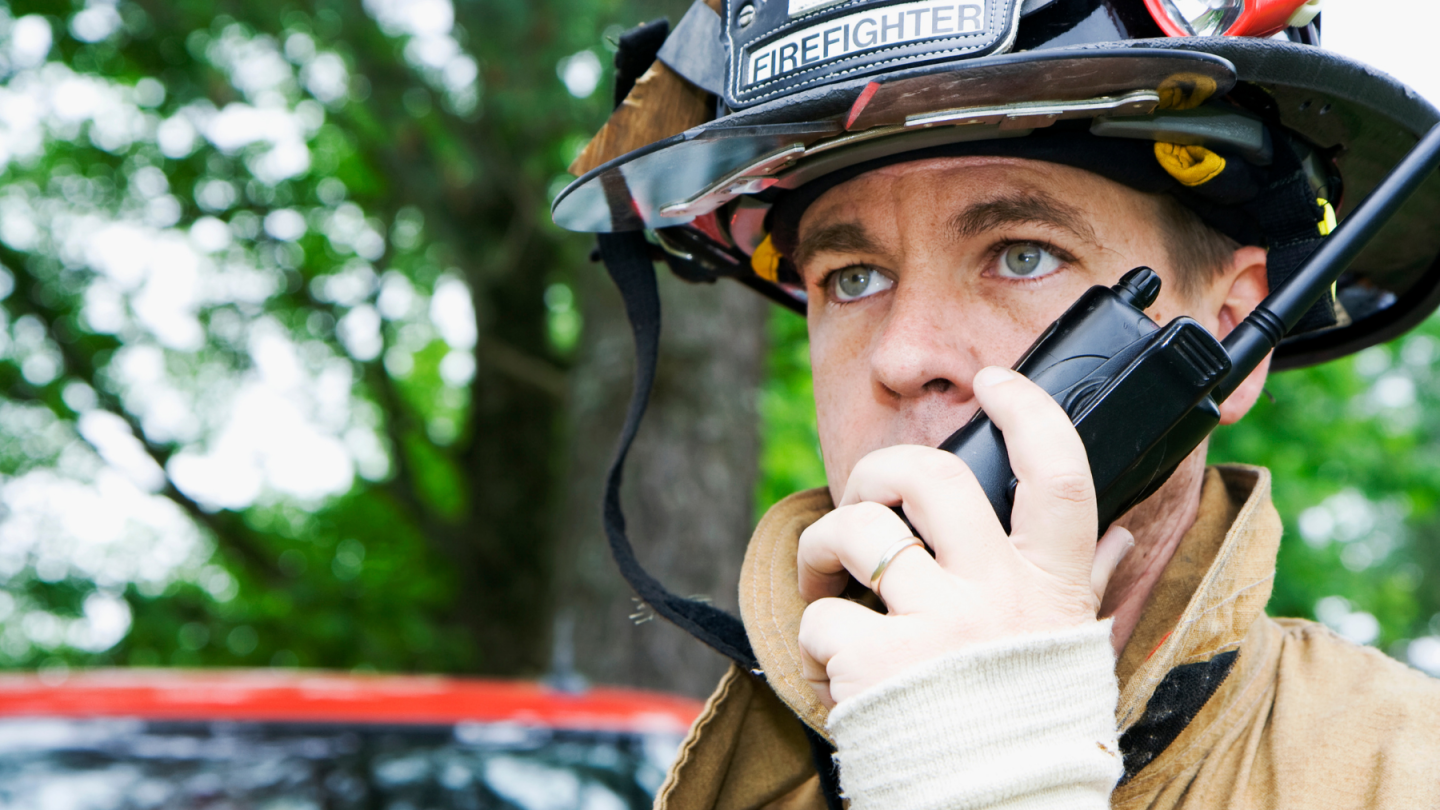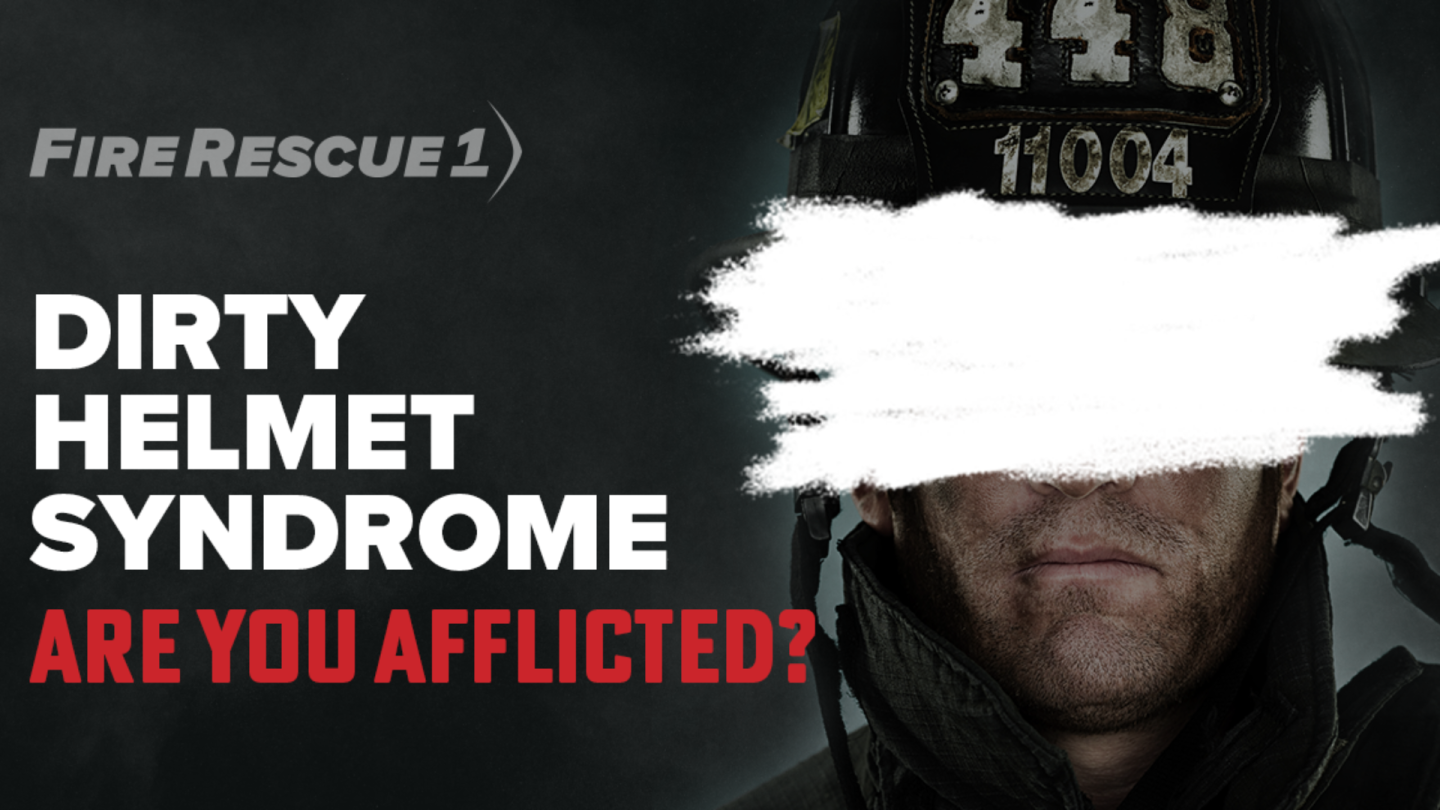FireRescue1 Topic Directory
Navigate through the topics section on FireRescue1, your hub for specialized coverage on key issues and major news in the fire service
FEATURED TOPICS
MOST POPULAR
- Federal agents detain crews, arrest firefighters battling Wash. wildfire
- Mich. fire chief, city sued over alleged bra checks of female firefighter
- Cleveland fire chief under internal review for Charlie Kirk post
- Md. firefighters charged after deliberately flooding baseball field
- LODD: Chicago firefighter succumbs to injuries during garage fire












